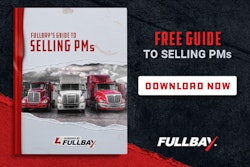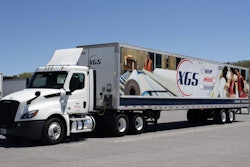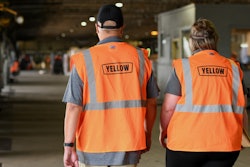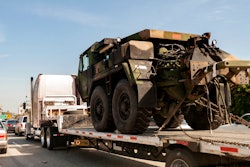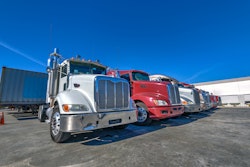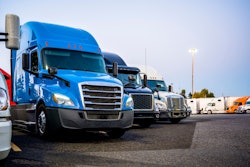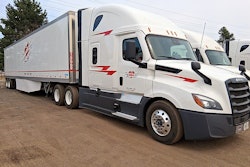High nuclear verdicts are not just a burden on trucking companies, but also drains the overall economy, according to a new report.
The research, published by the U.S. Chamber of Commerce Institute for Legal Reform and The Brattle Group, revealed a striking effect: for each $1 million rise in tort costs, U.S. GDP contracts roughly around $2 million.
The study modeled a scenario wherein all states lowered their commercial auto tort costs, with benefits that over a 10-year projection would:
- Boost annual U.S. GDP by an average of $52.3 billion per year, through reduced litigation costs and increased economic activity;
- Generate 5.7 million new jobs across the economy; and
- Reduce expected food-at-home inflation by up to 15%.
Between 2016 and 2022, commercial automobile liability emerged as the fastest expanding segment of tort costs, growing by an annual rate of up to 10%. The report found that commercial trucking companies were involved in 25% of auto accidents resulting in nuclear verdicts (awards of $10 million or higher). It also showed that verdicts are growing in size across various industries besides trucking, with costs hitting $529 billion by 2022.
[RELATED: Product liability shift drives explosion in mega-verdicts against trucking firms]
Impact of tort costs on food price
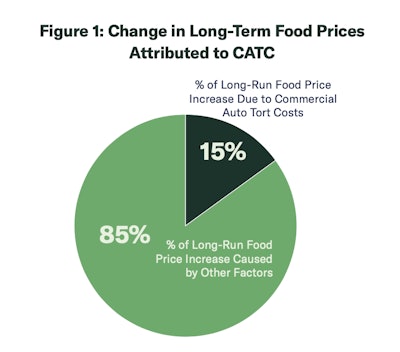
High commercial auto tort costs (CATC) also increase prices for transported goods, according to the report, particularly for goods where transportation costs represent a high fraction of cost, such as perishable food items.
The analysis showed that lowering CATC from present levels could reduce expected growth in long-term “food at home” prices by up to 15% through 2024.
The long-term effects for food costs would especially be significant for the most vulnerable, lowest-income households. “Lower CATC would decrease the amount of disposable income that households spend on food (their ‘food wallet’) by reducing the cost of food. Combined with an increase in disposable income through expected increases in wage income driven by increased economic activity, lower CATC would most benefit low-income households,” it said.
The report estimated that by 2034, lowering CATC would shrink the food wallet index by around 1.2% for the lowest-income households.
National and state impacts
 The table indicates the contrast of tort costs between the trucking sector and commercial automobile liability expenses in all other sectors in 2022.
The table indicates the contrast of tort costs between the trucking sector and commercial automobile liability expenses in all other sectors in 2022.
The report estimates the approximately 62% of liability costs go toward household compensation through verdict awards or settlements, with insurance and legal expenses accounting for the balance.
“If trucking-related tort costs in each state were capped $25 per $1,000 revenue cap, total tort costs would decline by approximately $6 billion in 2022 – a 40% reduction,” it said.
The American Transportation Research Institute’s 2025 survey of critical industry issues ranked lawsuit abuse reform second, the highest placement in its 21-year history.
Survey participants mostly recommended pursuing state-level reforms that cap plaintiff damages in truck-related crashes. While others suggested lobbying to eliminate phantom damages, and requiring disclosure of third-party litigation funding agreements.
North Dakota and Wisconsin indicate relatively modest tort costs, according to the report, while Louisiana, Texas, and California face higher costs and greater economic impacts.
The report noted that Florida and Georgia enacted tort reforms in 2023 and 2025, respectively. Florida Gov. Ron DeSantis has estimated that the state’s 2023 reforms have made role in the decline of the state’s auto insurance rates in 2025.
Regional economies in Nevada, Iowa, Louisiana, and Indiana are sensitive to trucking tort costs, the report said, due to their freight-dependent trade activity with nearby states.
The report pointed out that reducing CATC not only increases economic activity and employment directly in trucking sectors, but also in sectors that support and rely on these transportation sectors, such as food businesses, insurance, and manufacturing industries. Nebraska, Washington, and Utah, belong in this group of states.

